-
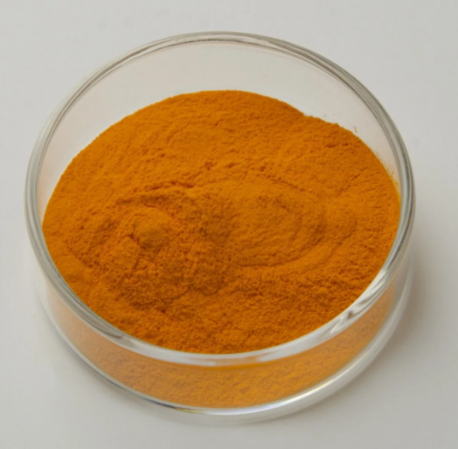
Bromocresol green, free acid CAS:76-60-8 Manufacturer Price
Bromocresol green (BCG) is a pH indicator dye commonly used in microbiology and biochemistry. It changes color from yellow to blue over a pH range of3.8 to 5.4, making it useful for visually determining the acidity or alkalinity of solutions. BCG is also utilized in various laboratory assays to measure serum albumin levels and in agarose gel electrophoresis to monitor DNA and RNA migration. Additionally, it is employed in clinical diagnostics for testing urine and blood samples.
-
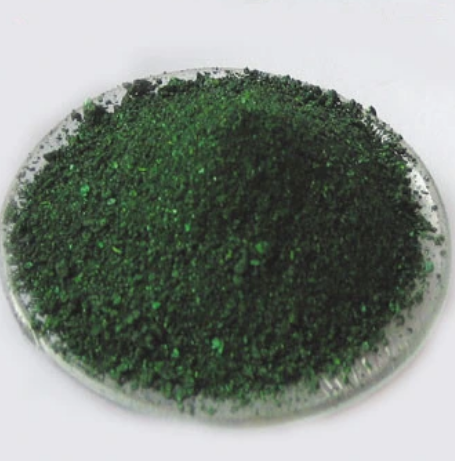
Janus Green B CAS:2869-83-2 Manufacturer Price
Janus Green B is a biological stain that is commonly used to visualize and study mitochondria, the energy-producing organelles within cells. It is widely utilized in biological and medical research to help researchers understand the structure and function of mitochondria, as well as their role in cellular health and disease.
-

1-β-D-Arabinofuranosyluracil CAS:3083-77-0
1-β-D-Arabinofuranosyluracil is a nucleoside analog with antiviral activity. It acts by inhibiting the replication of herpes simplex virus and varicella-zoster virus. This compound, also known as vidarabine, is used to treat certain viral infections, particularly those affecting the skin and eyes. It may be administered as a topical ointment or as an injectable medication.
-
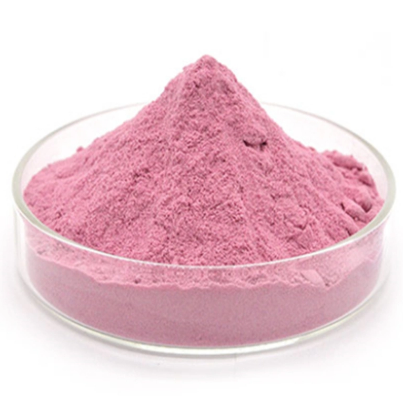
Bromophenol blue CAS:115-39-9 Manufacturer Price
Bromophenol blue is a pH indicator, commonly used in laboratories to measure the pH of solutions. In its acidic form, it appears yellow, and in its basic form, it turns blue. This color change makes it useful for monitoring the pH changes in various chemical reactions and biochemical assays. Additionally, it is utilized in DNA agarose gel electrophoresis to track the movement of DNA fragments during the separation process.
-
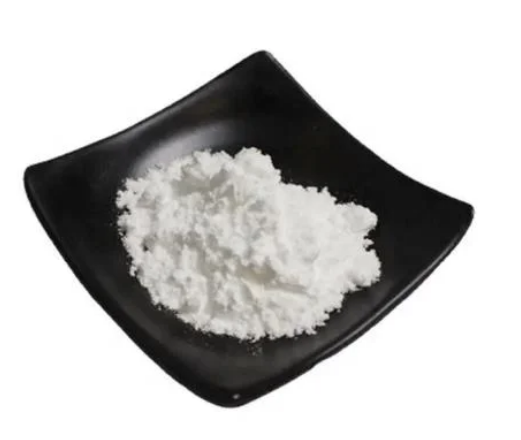
Iodonitrotetrazolium chloride CAS:146-68-9 Manufacturer Price
Iodonitrotetrazolium chloride, often abbreviated as INT, is a pale yellow dye commonly used in biological and biochemical research. It is a redox indicator that changes color when reduced, making it useful for detecting the presence of certain enzymes or for visualizing cellular metabolic activity. INT is often used in assays to measure dehydrogenase activity and cell viability. When reduced, it forms a formazan product that is generally red in color, allowing for easy detection and quantification in various types of assays.
-

Vitamin B12 CAS:68-19-9 Manufacturer Price
Vitamin B12, also known as cobalamin, is a water-soluble vitamin that plays a crucial role in many bodily functions. It is essential for the formation of red blood cells, neurological function, and DNA synthesis. Vitamin B12 also helps maintain the health of nerve cells and supports energy production.
Sources of vitamin B12 include meat, fish, dairy products, and fortified foods. Individuals who follow a vegan or vegetarian diet may need to obtain vitamin B12 through supplements or fortified foods to prevent deficiency.
A deficiency in vitamin B12 can lead to anemia, fatigue, weakness, neurological changes, and other health problems.
-
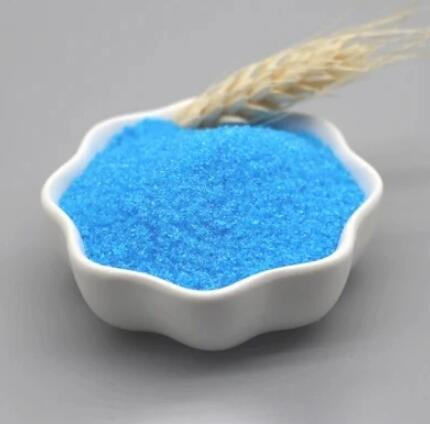
Methyl blue CAS:28983-56-4 Manufacturer Price
Methyl blue, also known as methylthioninium chloride, is a synthetic dye that is commonly used as a pH indicator and in various biological staining techniques. It is frequently used in microbiology to help visualize microbial cells and as a counterstain in certain histological procedures. Methyl blue is also used in the textile industry as a dye.
-
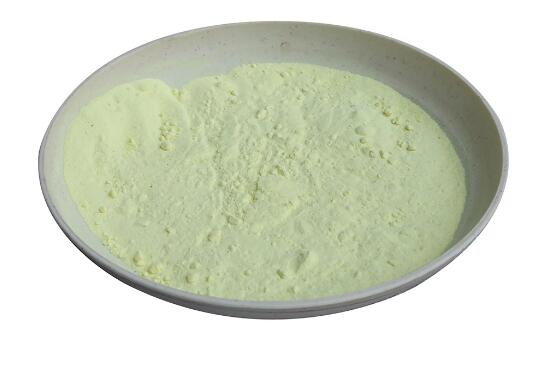
2,3,5-Triphenyltetrazolium chloride CAS:298-96-4
2,3,5-Triphenyltetrazolium chloride, commonly known as TTC, is a colorless compound that is often used to assess cellular metabolic activity. When TTC is added, it is converted into ared-colored formazan product by live cells with active metabolism. This reaction is often used to assess cell viability and metabolic activity in microbiology and cell biology experiments. TTC is widely used as an indicator of viable cells and is particularly useful in assessing the metabolic activity of microorganisms and plant tissues.
-
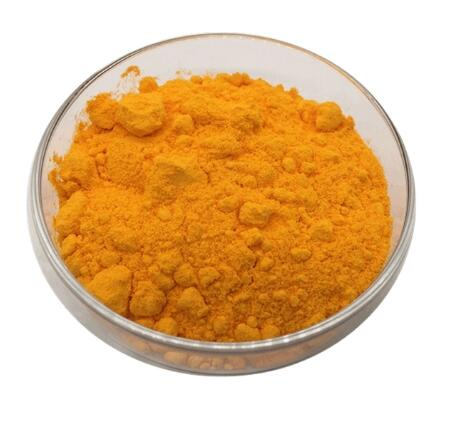
Methyl Orange CAS:547-58-0 Manufacturer Price
Methyl orange is a pH indicator frequently used in chemistry laboratories. It is a synthetic dye that changes color in response to variations in pH, with a transition range around pH 3.1 to 4.4. In acidic solutions, it appears red, and in alkaline solutions, it turns yellow. This property makes it useful for determining the acidity or basicity of a solution during titrations and other chemical analyses.
-

3,3 ,5,5 -Tetramethylbenzidine dihydrochloride hydrate CAS:207738-08-7
3,3′,5,5′-Tetramethylbenzidine (TMB) dihydrochloride hydrate is a chromogenic substrate commonly used in enzyme-linked immunosorbent assays (ELISAs) for detecting the presence of horseradish peroxidase (HRP). When TMB is oxidized by HRP in the presence of hydrogen peroxide, it produces a blue color, which can be quantitatively measured spectrophotometrically. This color change is used to detect the presence of HRP-labeled antibodies or other proteins in ELISA experiments. TMB is widely used in research, diagnostics, and pharmaceutical industries for its sensitivity and ease of use in detecting various biomolecules.
-
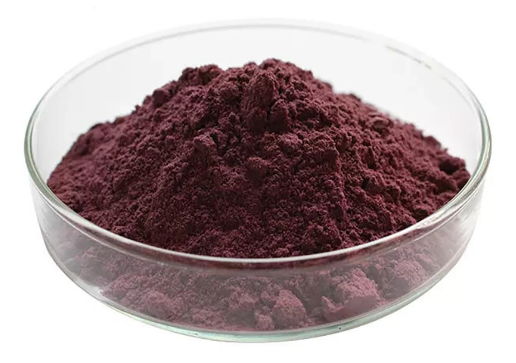
Methyl Red CAS:493-52-7 Manufacturer Price
Methyl Red is a pH indicator commonly used in microbiology to identify bacteria that produce stable acids when fermenting glucose. It is red at pH levels below 4.4 and yellow at pH levels above 6.2. Methyl Red is often employed in the identification of enteric bacteria and plays a crucial role in differentiating between various microbial species.
-
![3,3′,5,5′-Tetramethyl-[1,1'-biphenyl]-4,4′-diamine CAS:54827-17-7](https://cdn.globalso.com/xindaobiotech/图片3100.png)
3,3′,5,5′-Tetramethyl-[1,1'-biphenyl]-4,4′-diamine CAS:54827-17-7
3,3′,5,5′-Tetramethyl-[1,1'-biphenyl]-4,4′-diamine, also known as p-Toluidine, is a chemical compound commonly used in the production of dyes and pigments, as well as in the synthesis of polyurethane foam and epoxy resins.

